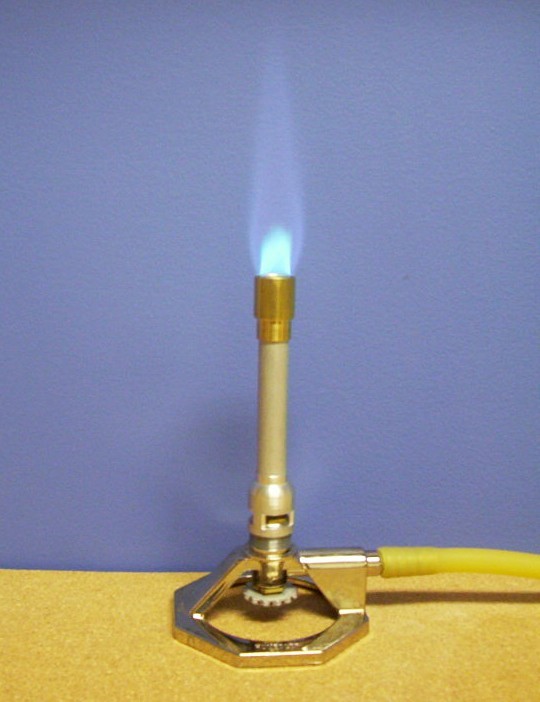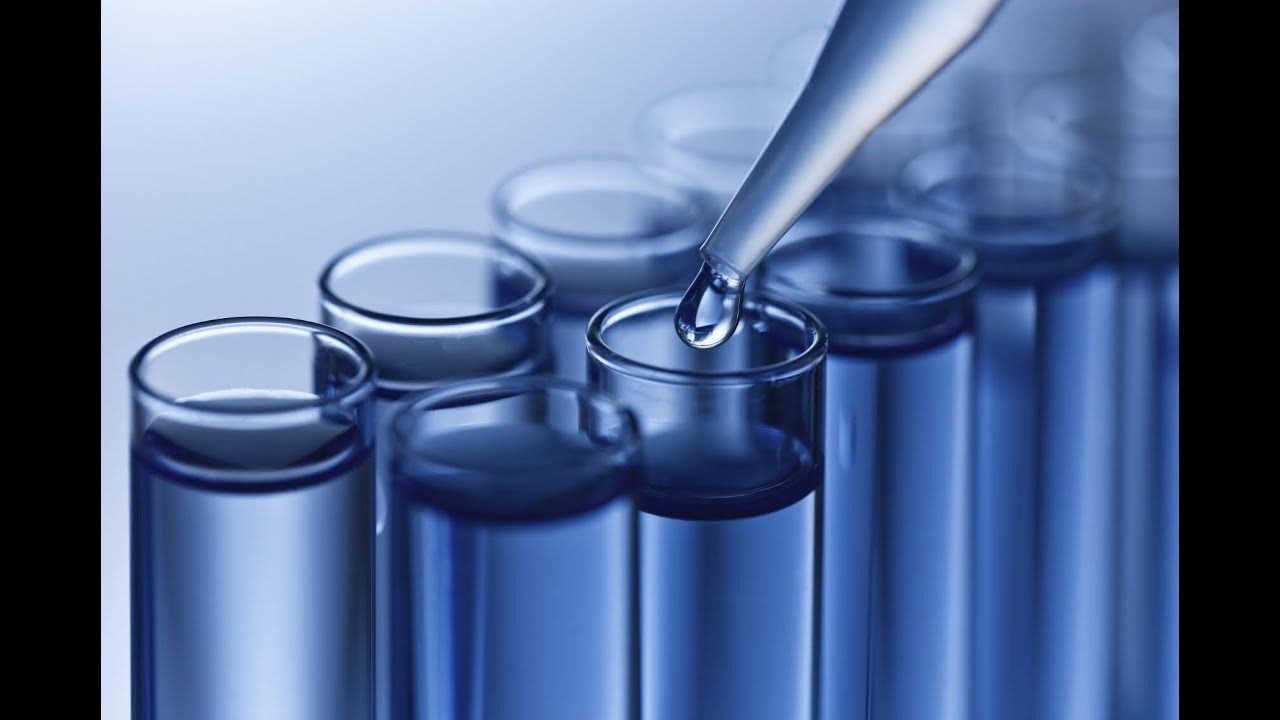Not been in the laboratory since your school days? A scientist lab equipment consists of many tools – without them, they could do nothing except hypothesize. Despite different laboratories having a different set of tools, there are several pieces of lab equipment that are so universal and useful, that they can be found in every lab across the globe.
- Griffin Beakers
Griffin beakers are used to mix various chemicals, dissolved in a solution. They can be used heated or cold but with a graduation, they are not considered to be very accurate.
- Lab Burners
Bunsen burners are available in a wide range of styles and designs and are usually run on butane, alcohol or propane. Their main use is for heating purposes to heat up solutions, burning or melting chemicals transforming them inside test tubes.

- Lab Stands
A stand is a support stand that comes in a variety of different styles as: wire stand, tripod, etc. While wire stands and tripods can hold a glass or thermos on the stove, a support stand is much more flexible and can have a variety of clamps or rings attached to it to withstand more equipment at once.
- Funnel
Funnels are a staple of laboratory life and are used extensively to pour liquid into a narrow-mouthed container such as a thermos or bottle. They can be made from either plastic or glass with a short or long stem, depending on the purpose of what they need to achieve. When relocating a lab, all equipment will need to be cleaned, decontaminated and set up afresh. For Laboratory Relocation, visit a site like Aport Global, a leading specialist in Laboratory Relocation.
- The test tube
A test tube is used primarily to watch chemical reactions, a mixture of a particular solution, the heat of a solution and to melt or burn solids. The tube is a glass tube that consists of one open end and one closed end. They can generally be found in biochemistry labs.

- Burettes
Burettes are glass tubes that are open at the top and came to a narrow tapered opening at the bottom. They are used for measuring liquids drop-by-drop to big experiments requiring precise measurements and very accurate additions of liquid.
- Rubber Tubes
Rubber tubes have the ability to connect the different apparatus together, such as flasks, all kinds of glassware and condensers. Rubber tubes are commonly used during the distillation process.
- Conical Flasks
A further essential piece of equipment found in almost every lab is the conical flask with its narrow neck which expands outwards toward the bottom. The design allows easy mixing and stirring without the risk of spillage. The narrow opening in the neck is ideal for adding rubber tubes or glass stoppers to avoid spillage. It can be easily clamped to a standing ring or heated or shaken mechanically. Measurements on the side of the conical flask are intended for the purpose of estimates rather than precise figures.
Laboratory equipment is of course the basic equipment that can be found in every public laboratory throughout the world.



